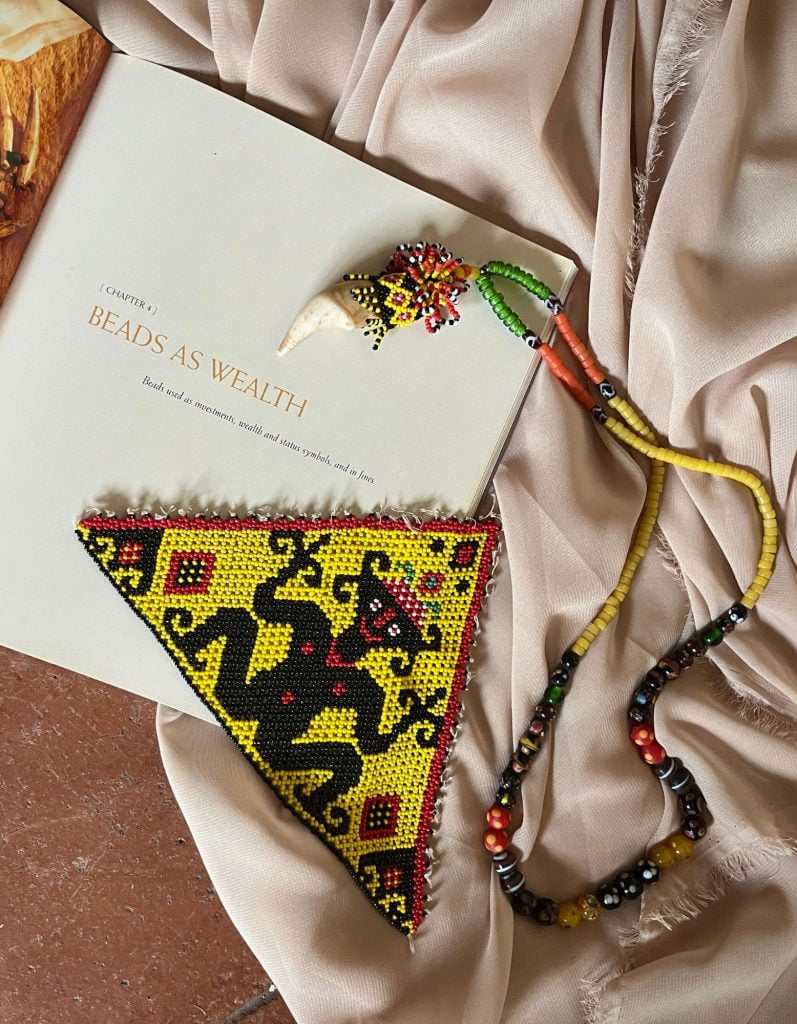Uncategorized
Borneo’s Beads of Power, Wealth, and Magic
Borneo is renowned for its bead crafts, although most of the beads themselves are not native to the region. They were introduced to Borneo through trade routes, where traders exchanged beads for forest products in the coastal markets. These beads were primarily made from agate, onyx, and other semi-precious stones. The Dayaknese people also produced beads using animal parts, wood, and other objects to make jewelry.
Historical evidence indicates that bead-making dates back to around 6,500 BC. Researchers believe that ancient centers of bead-making were located in Mesopotamia, Egypt, Tunisia, Rome, China, and India. From these regions, bead crafts spread to Southeast Asian countries such as Thailand, Vietnam, Malaysia, and Indonesia. By the mid-first millennium, Indo-Pacific beads were made in Mantai, Sri Lanka by craftsmen from the Arikamedu. By the seventh century, beads were produced in Sating Pra, southern Siam, and Kuala Selinsing, Malay Peninsula.
In Indonesia, ancient beads are frequently discovered in megalithic burial sites as part of grave provisions. These beads have been found in various locations, including Subang (West Java), Demak (Central Java), and Palembang (South Sumatra). Additionally, ancient beads made from grinding stones and glass waste have been uncovered at Candi Laras, Margasari, in South Kalimantan. This suggests that beads were familiar to the people of Kalimantan by at least the 10th century AD.
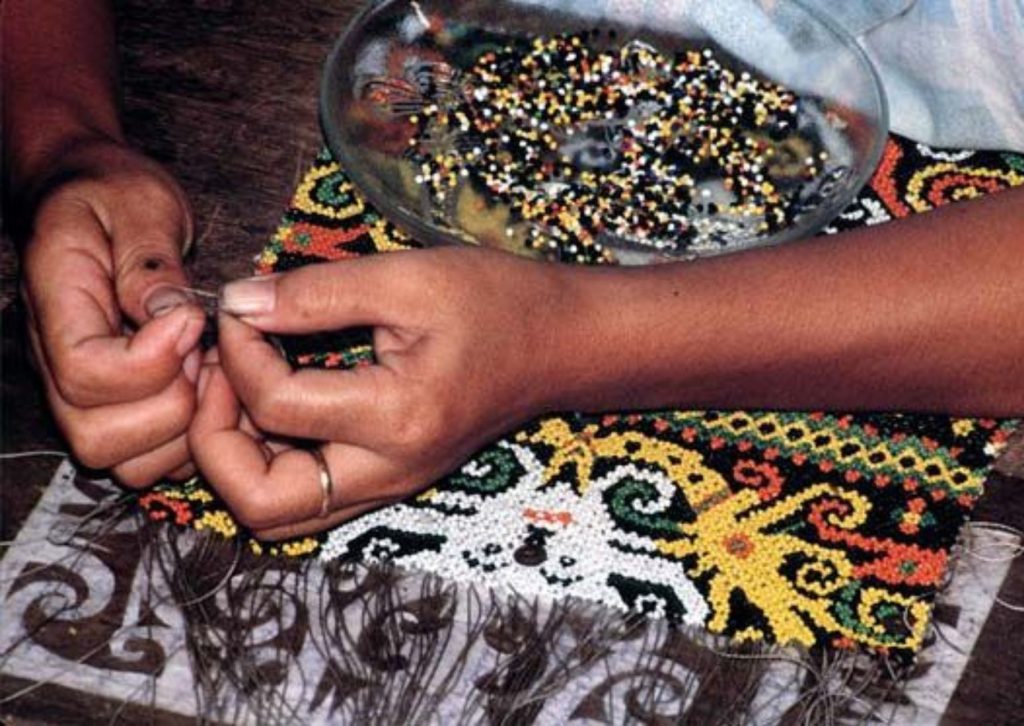
Among the various types of beads used by the Dayak tribe, glass beads are among the most common. Due to the high heat required for their production, glass beads are believed to be as old as metal objects. Experts estimate that the Dayak people have been familiar with the technique of creating polychrome crumb beads from molten glass powder for hundreds of years. Glass beads are divided into two groups, namely single color (monochrome) and multi-color (polychrome). These beads were made using the draw-string technique which originally developed in Arikamedu, India around 250 BC – 250 AD, which then spread to Indian migrant settlements in Asia, such as Sri Lanka, Thailand, and Vietnam before being exported to the ports in Indonesia.
The Dayaknese hold beads in special regard, believing them to possess magical properties. Dayak beads are not merely strung; they are also enchanted with mantras to provide supernatural protection to the wearer. Beads made from natural stones are thought to have the power to ward off disease and render the wearer invulnerable. This belief ties the beads closely to the local Kaharingan faith. Traditional ceremonies often require the presence of beads. Beads used in traditional ceremonies always consist of red, blue, yellow, green, and white colors. Red symbolizes the spirit of life, blue represents the source of strength, yellow denotes the majesty and purity of God, green signifies completeness and the essence of the earth, and white means purity.
Beads act as intermediaries between the human world and the spirit world. Rare and beautiful objects have their own allure to attract entities around. Harmony between the spirit world and humans is essential so that entities in the spirit world support every activity carried out by humans. Artists, carvers, and blacksmiths keep beads among their tools to maintain harmony and ensure their risky work goes smoothly. Beads are also believed to ward off evil spirits. A balian (shaman) of the Dayak Kanayatn tribe uses beads during the Balenggang ceremony (healing) to repel evil spirits and empower the balian during the treatment.
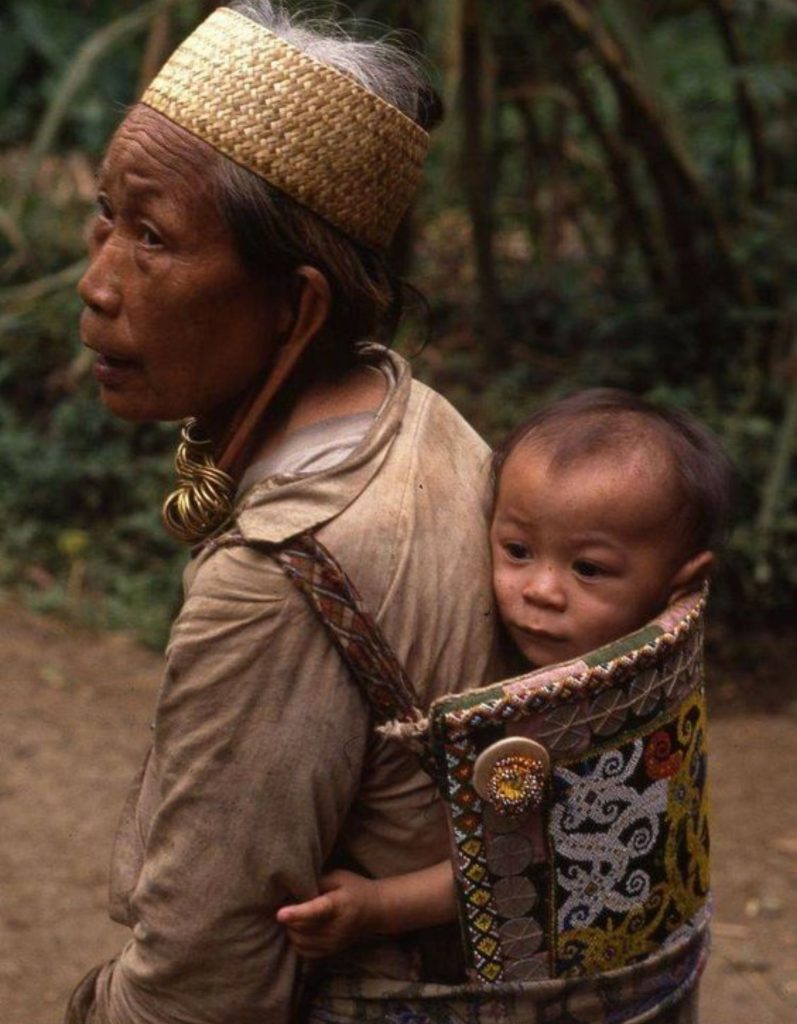
The Dayak people believe that the soul of a newborn child is very delicate and in danger from malevolent spirits. Both the newborn and the mother who has just given birth need protection. Beads are tied to the wrist of a midwife performing her duties. Opaque yellow and clear blue beads are believed to protect the birth process from evil spirits. In the past, when headhunting was practiced, beads were also used as protection by wearing them around the neck. Beads were also used as personal identifiers. In the Dayak Benuaq community, there is a Simbang Sambik necklace that can only be worn by a pebalian (shaman). This necklace also symbolizes the status of a shaman. Beads can also be used as decoration for everyday items such as baby carriers and clothing.
Beads are often found in burial sites as grave goods. In the Dayak Kayan community in West Kalimantan, there is a ritual of dressing the dead with clothes and bead jewelry prepared during their lifetime. In the Dayak Taman Kapuas Hulu tribe, lawang beads (yellow beads) are used as grave goods and placed on the teeth of the dead to prevent evil spirits from possessing the corpse, as well as to identify the dead in the afterlife. During the burial procession, attendees are required to wear bead bracelets to mark the mourning period and ward off evil spirits.
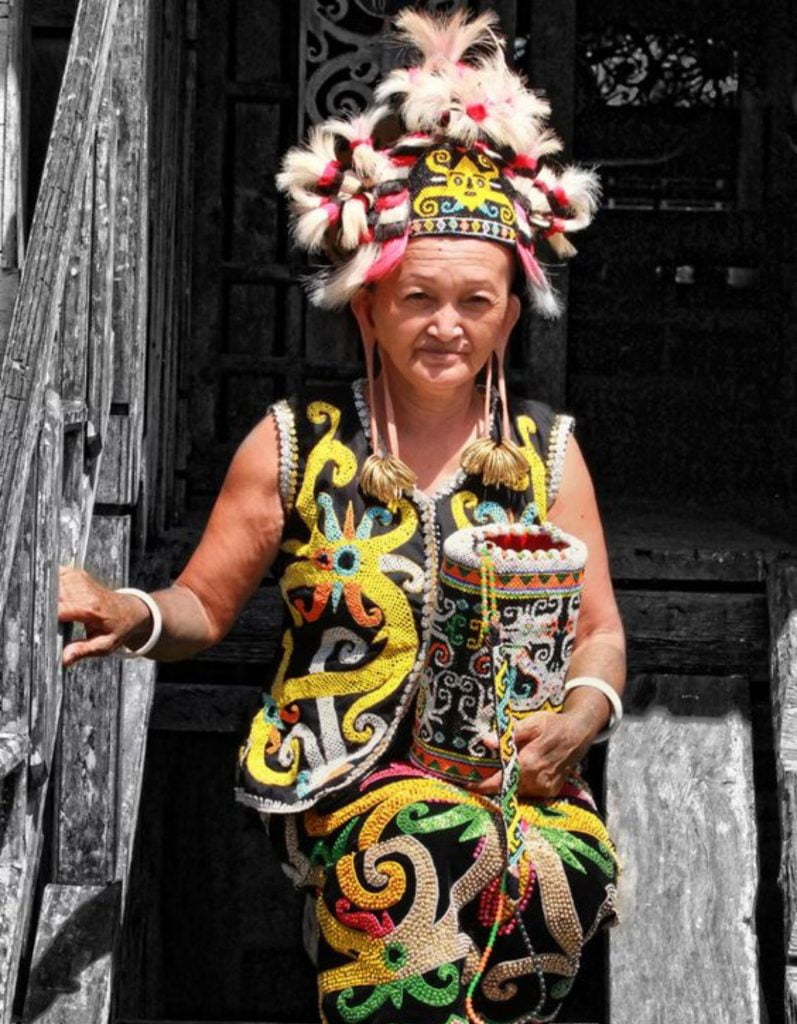
Beads also play a role in wedding traditions. Traditional Dayak wedding attire is adorned with bead decorations. Beads are also used as dowries and symbols of marital bonds given by the groom to the bride. The groom will give a belt (taksa hawa) and koho guman to the bride. The marriage is solemnized by a shaman who ties the right hands of the bride and groom with a bead string. Family members and guests also give beads whose value corresponds to their capabilities.
In matchmaking, an engagement token from both parties is required by exchanging beads. The male party gives a Tolang bead, while the female party gives a Saraong bead. During the marriage ceremony, the groom must present a strand of lawang beads (yellow beads) to the bride as a dowry.
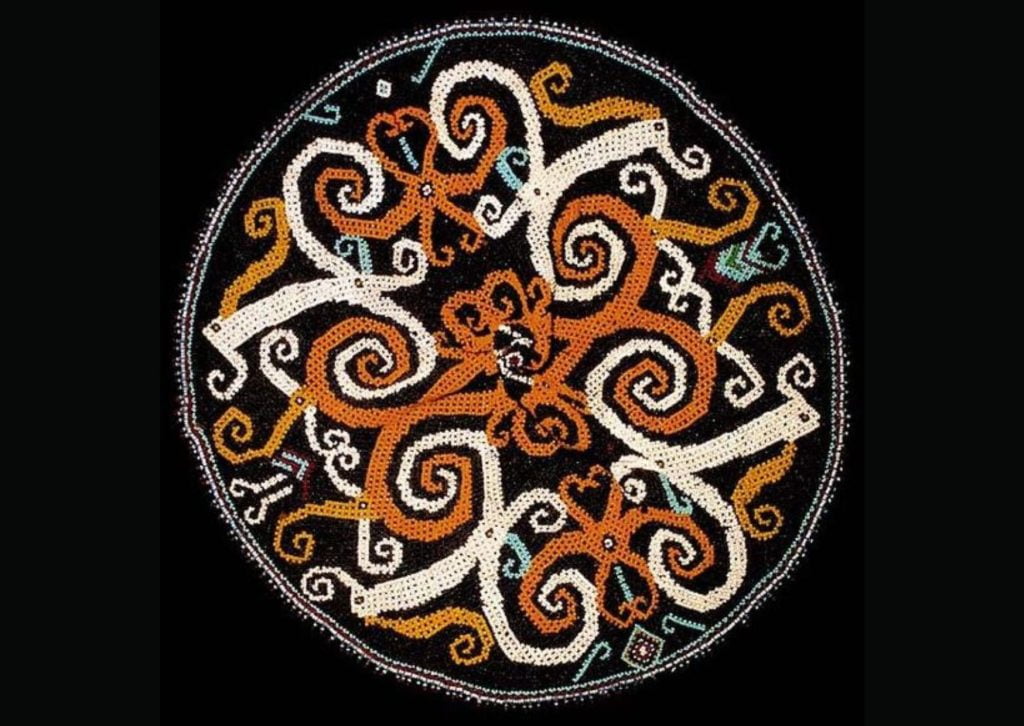
Beads can be used as a means of payment. Beads can be used to pay the balian during healing ceremonies. Dayak tattoo artists also accept beads and rice as payment for tattooing someone. Beads are also integral to harvest celebrations. The beads offered by Kenyah priests during harvest celebrations include five special old beads, one to symbolize unhusked rice, one for polished raw rice, one for cooked rice, one for water, and one for fire.
Dayak beads are more than mere inanimate objects; they are believed to possess the power to repel evil spirits and protect the wearer. This unique quality distinguishes Dayak beads from those of other regions.
Bibliography
Munan, H. (2005). Beads of Borneo. Singapore: Editions Didier Millet.
Museum Negeri Provinsi Kalimantan Selatan. (1998). Pesona Manik-manik Kalimantan.

